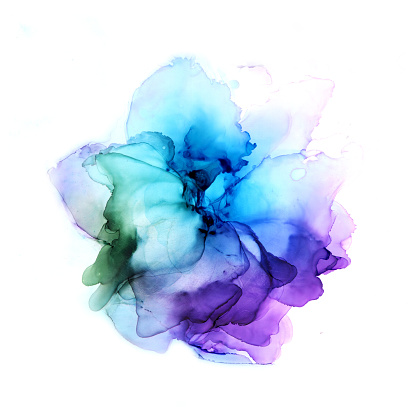Creative Way to Use Watercolor Paint in Tubes
It’s prevalent for beginners to wonder how to use watercolor paint in tubes. While watercolors are a versatile medium, they can get stuck in tubes. Luckily, there are some easy tips that you can follow to keep your paint fresh and ready to use. First, you should clean your watercolor tubes with mineral spirits. It’s essential to store your watercolors in a container to prevent smudging and keep them clean. To avoid losing your paint, you should keep them in a small bag or carry case. Alternatively, you can buy prominent colors in bulk and save money on storage.
Once you’ve cleaned your paint tube and removed any loose paint, you can begin painting. Make sure you hold your tubes vertically when you’re squeezing out the color. A cleaning rag or paper towel will help wipe off any excess paint. This step is essential if you’re using older tubes. The glue around the cap can dry out and become crusty, which can be very frustrating.
Once you’ve finished a project, the next step is to take the paint out of the tube and place it on the board. It prevents the paint from spreading and making a mess. Remember that watercolor paint is highly concentrated, so you need to mix it with water before applying it to your painting. For most projects, a dime-sized blob should be sufficient. To avoid spreading the paint on the paper, remember to lift the cap before applying it.
Keep your blending surfaces free of residue
You may want to avoid using the tube to mix paints. It will prevent the paint from spreading and cause you to waste too much water. When mixing colors, you should also avoid touching the stain with your finger and should always use a blending palette before adding more water to your painting. However, the best way to do this is by using a mixing palette.
When buying paint, make sure you buy fresh, unopened tubes. It’s important to remember that the color in a tube is already fully pigmented, so you don’t need to mix it with water to make it work for you. If you’re starting a new painting, use fresh paint in your new one. It will help you achieve the desired results. It will save you time and effort.

You can use watercolor paint in tubes in many different ways. The technique you choose will depend on your personal preference. You can squeeze the paint onto a palette. You should place lighter colors on the left and darker ones on the right. Then, you can mix the pigments and make unique hues. Once you’re done, make sure you rinse your blending palette with water to prevent the paint from drying. In this way, you’ll prevent the spread of the color.
If you’re painting on a larger canvas, it’s better to use a tube
You can easily store leftover paint in a tube and reactivate it with water as needed. After the paint has dried, you can reuse it again for another project. Besides, it’s easy to reuse the leftovers, which are water-soluble and can be used for various purposes.
A tube contains more glycerine than a pan, so it’s easier to mix and blend. Depending on your project size, you can purchase these paints in 15ml, 20ml, and 50ml tubes. There are some cons to using a tube, though. The cap can easily stick to the metal shoulder, so make sure always to have a clean blending surface to avoid unwanted foreign bodies in your wash.
When using watercolor paint in tubes, you can always lift the lid to prevent excess paint from spilling out. It will also prevent you from accidentally wasting your color, which can be expensive. However, if you’re working with a limited palette, it’s best to use a tube of paint for most projects. A dime-sized amount will typically be enough for most projects. You can mix liquid watercolor with water to make it diluted for use.

